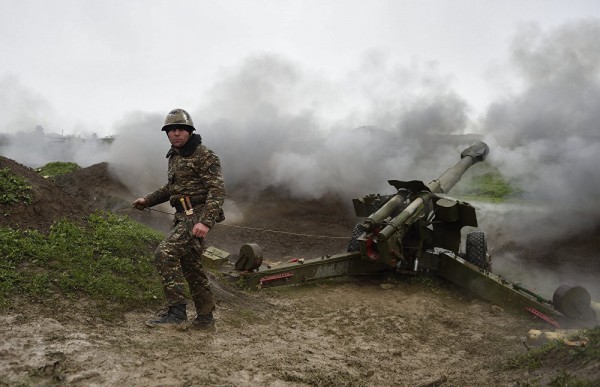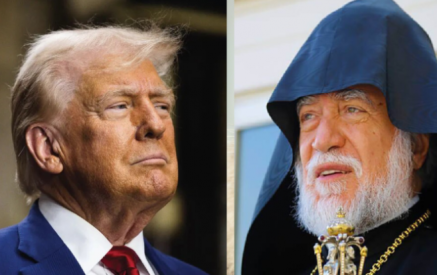On the early morning of April 2 Azerbaijan unleashed large-scale military actions on the border with Nagorno Karabagh Republic (NKR). Azerbaijan used multiple rocket launching systems, armored vehicles, aviation, artillery, targeting not only the Armenian soldiers but also the populated settlements.
Having received a proper response and suffering considerable human and material losses, Azerbaijan kept the situation situation tense in the conflict zone for 4 days. And during the whole period, Azerbaijan kept on spreading absurd and contradictory misinformation. The aforementioned information contradicted the information provided by NKR and Armenian defense ministries in a significant manner.
We have tried to summarize the coverage of the events in the leading international media.
International
Read also
In particular, Associated Press was the first international media to inform about the start of hostilities. It was followed by ABC News and The Washington Post. By quoting the press service of NKR, the former informed that Azerbaijan is using կործանիչներ եւ ծանր սպառազինություն in order to intrude to Nagorno Karabagh. At the same time, the media cited the Azerbaijani Defense Ministry Speaker who claimed that the hostilities started after the Armenian side used artillery. By referring to the same sources, The Washington Post mentioned about the Azerbaijani helicopter downed by the Armenian side (which, however, was denied by the Speaker of the Azerbaijani Defense Ministry). Later on the NKR forces down another helicopter and publish photographs and videos as a proof.
Influential British BBC cited Russian President Vladimir Putin who had urged both sides of the conflict to stop the hostilities. It also presented the brief history of the conflict and the war in 1990s.
Euronews was the first among international media to publish video and photo materials from the military actions scene by reporting about the downing of the helicopter, as well as the destruction of tanks.
The live broadcast on CNN featuring the foreign ministers of Azerbaijan and Nagorno Karabagh Republic (Elmar Mamedyarov and Karen Mirzoyan respectively) was really an exclusive one. It was exclusive because Artsakh (the Armenian name for Nagorno Karabagh) was de facto represented as a side of the conflict, and the Azerbaijani chief diplomat was entangled in his own misinformation.
Regional
The international Arabic Al Jazeera TV channel first published an article about the hostilities by mentioning that the conflict sides put the blame of provoking the military actions on each other. Then it addressed the Nagorno Karabagh conflict with a large-scale report where it was mentioned that it was Azerbaijan that provoked the hostilities on April 2.
The Georgian First Channel also addressed the escalation of the situation in the Nagorno Karabagh conflict zone and reported the official statements of NKR and Azerbaijan.
Russian
The Russian media, especially the news websites (Gazeta.ru. Lenta.ru. Tass.ru. Ria.ru) reported on Azerbaijan provoking the escalation by citing the Armenian sources, namely the press service of the NKR Defense Ministry.
Only a few hours later, when the enemy started to spread misinformation, the significant part of the Russian media started to spread that false propaganda. In particular, the popular Lenta.ru published the invented numbers of Azerbaijani propaganda machine as top news. In general, when we read the Russian media’s reports on the Karabagh-Azerbaijani conflict, we do not notice in any way that Armenia is Russia’s ally. Such a “cold” approach by the Russian side arouses questions. And the fact that the enemy uses the arms purchased from Russia (e.g. TOS1, Smerch) against Armenians is not less worrying.
Vahe Ghukasyan
Union of Infomred Citizens NGO























































